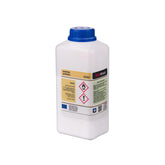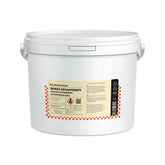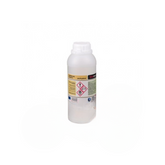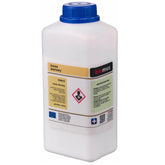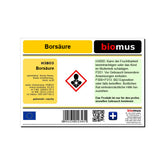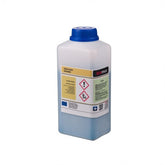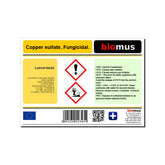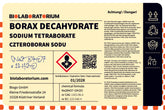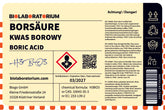Diammonium phosphate – Versatile applications in industry
Diammonium phosphate (DAP) is an important chemical substance with numerous industrial and technical applications. As a fertilizer and fire extinguishing agent, it is already widely used, but the potential of diammonium phosphate extends far beyond that. In this blog post, we take a look at the diverse applications of this all-rounder in industry.
Industrial applications of diammonium phosphate
Diammonium phosphate is an extremely versatile raw material used in numerous industrial processes. Here are some of the most important application areas:
Fertilizer production
As a phosphate fertilizer, diammonium phosphate is one of the most commonly used products in agriculture. It provides plants with nitrogen and phosphorus in a readily absorbable form, thereby promoting growth. Due to its high solubility and reactivity, DAP is a highly efficient fertilizer.
Fire extinguishing systems
Diammonium phosphate is also used in fire extinguishing systems. Due to its ability to smother flames and extinguish embers, it is a key component of powder extinguishers. The chemical composition of DAP enables rapid and effective firefighting.
Technical materials
Diammonium phosphate also plays an important role in the production of technical materials. It serves as a flame retardant in plastics, textiles, and other materials. Additionally, it is used as a filler in coatings, adhesives, and sealants.
Ceramic production
Diammonium phosphate is also used in the ceramics industry. It is added as an additive in the production of tiles, sanitary ceramics, and technical ceramics to improve properties such as strength, hardness, and temperature resistance.
Pharmaceutical applications
In the pharmaceutical industry, diammonium phosphate is used as an excipient in medications. It serves, for example, as a buffering agent, emulsifier, or desiccant in tablets and capsules.
Further applications
In addition, diammonium phosphate is used in water treatment, textile finishing, wood impregnation, and the production of fireworks. The versatility of this substance is impressive.
Technical properties of diammonium phosphate
To understand the applications of diammonium phosphate in industry, it is important to examine the technical properties of this substance in more detail:
Chemical composition
Diammonium phosphate is a crystalline solid with the chemical formula (NH4)2HPO4. It consists of ammonium (NH4+) and phosphate ions (HPO4²-).
Solubility and reactivity
Diammonium phosphate is very soluble in water and reacts with many other substances. These properties make it an extremely reactive and versatile chemical.
Thermal stability
DAP is thermally stable up to temperatures of about 150°C. At higher temperatures, it decomposes with the release of ammonia and water.
pH value
In aqueous solution, diammonium phosphate has a slightly basic pH value of about 8. This makes it a suitable buffer substance in chemical processes.
Crystal structure
The crystal structure of diammonium phosphate is monoclinic. This crystal form influences the physical properties and processing possibilities of the substance.
Production and recovery of diammonium phosphate
Diammonium phosphate is produced industrially by reacting phosphoric acid with ammonia. This process takes place in several steps:
- Production of phosphoric acid from phosphate ores
- Neutralization of phosphoric acid with ammonia
- Crystallization and drying of diammonium phosphate
In addition to this classic synthesis route, there are also processes in which diammonium phosphate is obtained as a by-product in fertilizer production.
Conclusion: Diverse applications in industry
Diammonium phosphate is an extremely versatile chemical substance with numerous industrial applications. From fertilizer production to fire extinguishing systems and the manufacturing of technical materials – DAP is indispensable in modern industry. Its excellent technical properties such as solubility, reactivity, and thermal stability make it a valuable raw material. The variety of applications demonstrates the great potential of this all-rounder among industrial chemicals.
